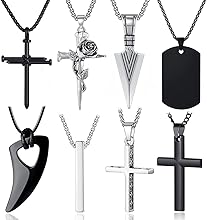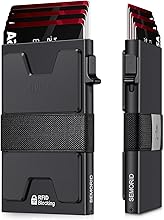
Explained | What is gold recycling?
The Hindu
As per the World Gold Council, India is the fourth-largest recycler of gold behind China, Italy and the United States. It accounts for 8 per cent of the global scrap supply.
The story so far: The World Gold Council accorded India as the fourth largest recycler of gold, having recycled 75 tonnes of the valuable yellow metal in the previous year. As per the report titled ‘Gold refining and recycling’, India’s gold refining landscape has changed ‘notably’ in the past decade with formal operations increasing from less than 5 in 2013 to 33 in 2021. The import duty differential that gold doré has enjoyed over refined bullion has particularly accelerated the growth of organised refining in India. Helped by these tax incentives, about half of India’s new refining capacity opened up in Excise Free Zones (EFZs) in Uttarakhand since 2014.
China topped the list having recycled about 168 million tonnes of gold in 2021. Italy stood second having recycled 80 million tonnes of gold in 2021, followed by the United States (78 million tonnes).
For perspective, gold dorés are metal bars with high gold content. They are composed of a mixture of precious metals but majorly containing gold and silver. They require further treatment before they can be used as raw material for producing gold items. Dorés can be created from scrap gold. Bullion refers to gold and silver of high purity kept in the forms of bars, ingots or coins.
The report states that as India’s demand for gold outpaces its supply from mines, it is being met by imports alongside locally recycled gold. The World Gold Council estimates that the gold recycling in India is a Rs 440 billion industry making up 11 per cent of the average local annual supply.
The World Gold Council defines recycled gold as gold that is sold for cash either by consumers or others who are part of the supply chain (such as jewellery manufacturers who may sell old stock). It does not include the exchange of gold for gold, such as when retail customers exchange old jewellery for new.
Gold is a soft and malleable metal. It is alloyed with other metals, such as copper, silver, nickel, palladium and zinc, to make it hard and fit for use.
‘Recyclable’ gold may either be derived from old jewellery, referred to as high-valued scrap – which roughly accounts for 90 per cent of the total supply of recycled gold globally — or industrial scrap material – primarily consisting of waste electrical and electronic equipment such as computers, tablets and mobile phones. Although used in small amounts, gold is used in printed circuit boards, among other things.





















 Run 3 Space | Play Space Running Game
Run 3 Space | Play Space Running Game Traffic Jam 3D | Online Racing Game
Traffic Jam 3D | Online Racing Game Duck Hunt | Play Old Classic Game
Duck Hunt | Play Old Classic Game











